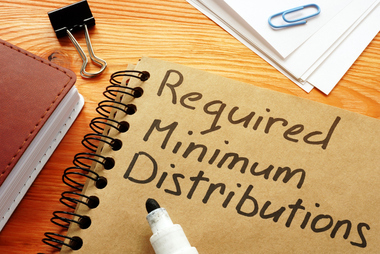Required Minimum Distributions: What’s The Story?
Once you reach a certain age, you must take an annual required minimum distribution, which is a payout from your traditional IRA, 401(k) or other retirement account. The required amount is calculated based on your age and the account balance.
Generally, you can’t reinvest your required minimum distribution in a tax-advantaged account, including another retirement account, though you can invest it in a taxable investment account. You might be able to contribute your RMD to a Roth IRA as long as you have earned income in an amount equal to or greater than the RMD amount you contribute to the Roth IRA. The RMD amount you must take is still considered taxable income in the year you take it.
You can stash the RMD in a deposit account or reinvest it in a taxable brokerage account. If your liquid cash cushion is sufficient, consider tax-efficient investing options — municipal bonds, perhaps. Index funds don’t lead to a lot of capital gains and can help keep your future tax bills in check.
Your RMD doesn’t have to be in cash. You can ask your IRA custodian to transfer shares to a taxable brokerage account. Be sure the value of the shares on the date of the transfer covers the RMD amount. When the market is down, avoid locking in a loss on an investment that may be suffering a temporary price decline, but even when the market is in positive territory, if you feel the investment will grow in value in the future or it’s an investment you just can’t bear to sell, you could harvest a tax loss.
The RMD works with charities
If you are inclined to donate to charities, consider a qualified charitable distribution. This allows IRA owners who are facing having to take RMDs to transfer up to $100,000 directly to charitable causes each year. The QCD can count as some or all of your RMD, and the QCD amount won’t show up as adjusted gross income.
The QCD is a particularly smart move if you take the standard deduction and would miss out on writing off charitable contributions. But even itemizers can benefit from a QCD. Lower adjusted gross income makes it easier to take advantage of certain deductions, such as writing off medical expenses. Because the QCD taxable amount is zero, the move can help you mitigate tax on Social Security or surcharges on Medicare premiums.
So, let’s say your RMD is $20,000. You could transfer the whole $20,000 to charity and satisfy your RMD while adding $0 to your adjusted gross income. Or you could do a nontaxable QCD of $15,000 and then take a taxable $5,000 distribution to satisfy the RMD.
The first dollars out of an IRA are the RMD until that amount is met. That means that if you want to do a QCD of $10,000 that will count toward a $20,000 RMD, be sure to make the QCD move before taking the full RMD out.
Simplify taxes
You also can use your RMD to simplify tax payments. Ask your IRA custodian to withhold enough money from your RMD to pay your entire tax bill on all your income sources for the year. That saves the hassle of making quarterly estimated tax payments and can help you avoid underpayment penalties.
Because withholding is considered evenly paid throughout the year, this strategy works even if you wait to take your RMD in December. By waiting, you’ll have a better estimate of your actual tax bill and can fine-tune how much to withhold to cover that bill.
Not needing the RMD money right away is a great problem to have. You could leave it in a checking account, but that invites inflation risk. How about a memory-making vacation, taking salsa lessons or buying a more reliable car? Whatever you decide, be sure to take your RMD by Dec. 31 of any year in which you must take RMDs.
© 2024


